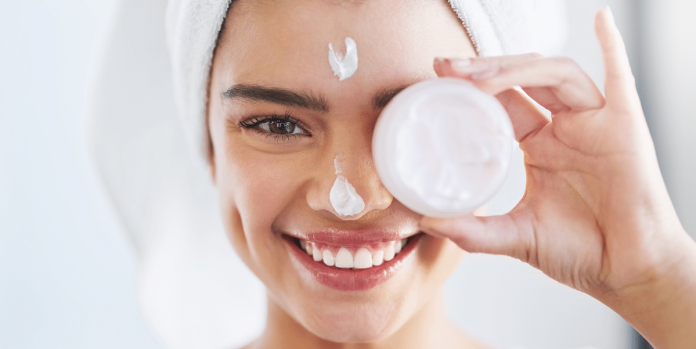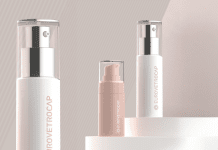In a market saturated with many brands, companies have to work hard to be noticed. How can a brand stand out from the rest? Is it how bright and shiny their bottles are? Or is it the technologically advanced ingredients that they include in their products? No! These may contribute, but there’s one thing that separates a good brand from a lousy brand – marketing.
As more brands emerge in the skincare market, companies need to focus on their branding identity to recognize their products. This, along with the product’s quality, will determine whether to remember a brand or not.
For example, the melao skin care products marketing strategy makes their products as affordable as possible while still delivering high-quality results. They also educate their customers about the importance of using quality skin care products and how they can benefit them. Additionally, it uses social media platforms to its advantage, regularly posting informative and engaging content.
How to Make Marketing Strategies?
One of the most important things to consider when marketing skincare products is understanding your target audience. Who are you targeting? Women in their 20s, 30s, 40s, 50s? What concerns do they have about their skin? What do they hope to get from a skincare product?
Once you understand your target audience, it’s important to create messaging that resonates with them. For example, if you’re targeting women in their 20s, you might focus on the message that using a skincare product can help keep your skin looking young and healthy for longer. If you’re targeting women in their 50s, you might focus on the message that using a skincare product can help reduce wrinkles and fine lines.
To convey the message more effectively, it’s essential to distribute your product in the right store or channel. For example, if you’re targeting women concerned about anti-ageing products and want to buy online, an e-commerce site might be the best option for you.
Skincare products are marketed to consumers both directly and indirectly. There are four significant ways companies market their skincare products:-
Advertising:
This includes paid media, including traditional advertising, digital advertising, viral marketing campaigns, infomercials, etc.
Public Relations:
PR includes both pre-launch and post-launch marketing. Pre-launch PR can consist of product launches, brand endorsements, and sampling products in the market. Post-launch PR includes media outreach, promotions at retail outlets, CSR initiatives (charitable or not), etc.
Digital Marketing:
This includes social media and email marketing. Social media includes sites like Facebook, Twitter, Instagram, and Pinterest, to name a few. Email marketing can consist of email blasts or personalized emails sent to individual customers or segments of customers.
Influencer Marketing:
This includes traditional endorsement, celebrity endorsements, and word-of-mouth marketing through bloggers, celebrities, social media influencers, etc.
Summing Up:
The market for skincare products is enormous and continuing to grow. Skincare products include moisturizers, cleansers, toners, sunscreens, and anti-ageing products such as serums and targeted treatments. Personalized skincare services such as chemical peels and microdermabrasion are also popular.
Your marketing approach should target different groups of people (age, gender, and ethnicity) and then hone in on the specific needs of your demographic. Focus on why your product is unique and better than the rest; focus on particular ingredients’ benefits. The more targeted and original you are in this regard, the better you will do when marketing your business.












